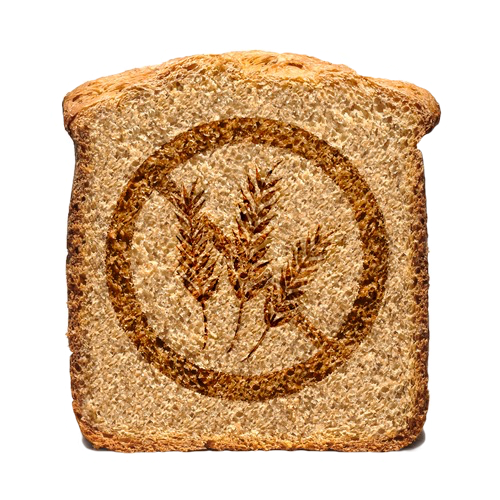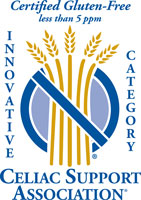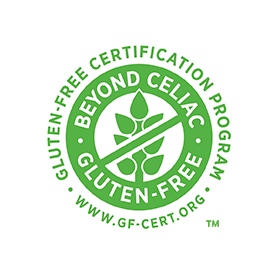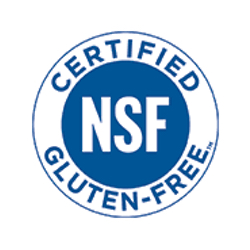Thinking About Going Gluten Free? Part 1
Gluten intolerance and gluten sensitivity are on the rise. Many Americans have already made the decision to go gluten free for various reasons. Some are suffering from a disease aggravated by gluten called celiac disease. Others are experiencing bowel problems, while others experience less problematic symptoms. It is possible to be successfully gluten free and the benefits may even be life-changing. We hope that this information will show you how switching over to a gluten free lifestyle is done and help pave the way for those of you with gluten intolerances. There are hidden sources of gluten everywhere. We will help you recognize them.
 What is Gluten and Why Is It Harmful?
What is Gluten and Why Is It Harmful?
Gluten is a plant protein present in certain grains such as wheat, barley, and rye. It is comprised of two proteins called gliadin and glutenin. Gliadin is the cause of most major intolerances to gluten in the body especially for those with celiac who have a compromised digestive lining. Gliadin can irritate the digestive system and may even trigger an autoimmune response as in the case of those with celiac. An autoimmune response is where your body will begin self-healing mechanisms. Our body may see gluten as an irritant or allergen and the body goes into attack mode as it tries to digest or adapt to the gluten. You’re not immune to the effects of gluten simply because you ruled out celiac disease at the doctor’s office. Many people experience gluten intolerance symptoms such as bloating, flatulence, inflammation, skin irritations, digestive upset, weight gain, depression, thyroid disruption, or even hidden symptoms.
How To Avoid Gluten
Knowing what to avoid is key when trying to go gluten free. Label reading will become an essential skill but it is also important to know the typical places the hidden sources of gluten hide. It will take some effort but when you know what to look for and the more mindful you are of food labels, the easier avoiding gluten will be. Some common foods to avoid when going gluten free are wheat, barley, rye, triticale, bulgar, durum flour, farina, graham flour, kamut, semolina, and spelt. Of course, you want to eliminate foods like bread, crackers, pasta, cereal, granola, and beer unless a trusted statement on the package assures you it is gluten free. It’s important to also know where to look for the hidden sources of gluten, found even in organic foods. Hidden sources of gluten may be found in granola bars, ice cream, ketchup, soy sauce, gravies, condiments, processed meats, or even some toothpaste brands. You may not know it but some prescription medications also have hidden sources of gluten so make sure you ask your doctor or pharmacist if you’re not sure.
Track Your Gluten Intake
Start a diet journal to keep track of what you’ve eaten throughout the day. Tracking your food intake may help you further eliminate foods that may have hidden sources of gluten and it is a great tool to help you pinpoint other food allergens.
Eliminate and Replace
There’s a lot more to going on a gluten free lifestyle than just tracking and eliminating hidden sources of gluten. In addition to eliminating foods with gluten, you’ll want to have a good plan on how to incorporate and maintain a healthy gluten-free lifestyle. To do this effectively you must have foods to replace those you have taken away. We cater to those looking for a complete gluten free shopping experience in Springfield whether it be for breakfast, lunch, or dinner.
Ensuring Gluten Free Standards
Package labels that say “gluten free” are required by FDA to have less than 20 ppm of gluten. To help you identify gluten free labeled foods at the grocery store look for gluten-free certifications from reputable third-party certifiers like these and others which may have even more stringent standards to ensure your safety. Click on each to learn more.

Please look for part 2 of this article on how to incorporate healthy whole foods into your diet.
[print-me]



